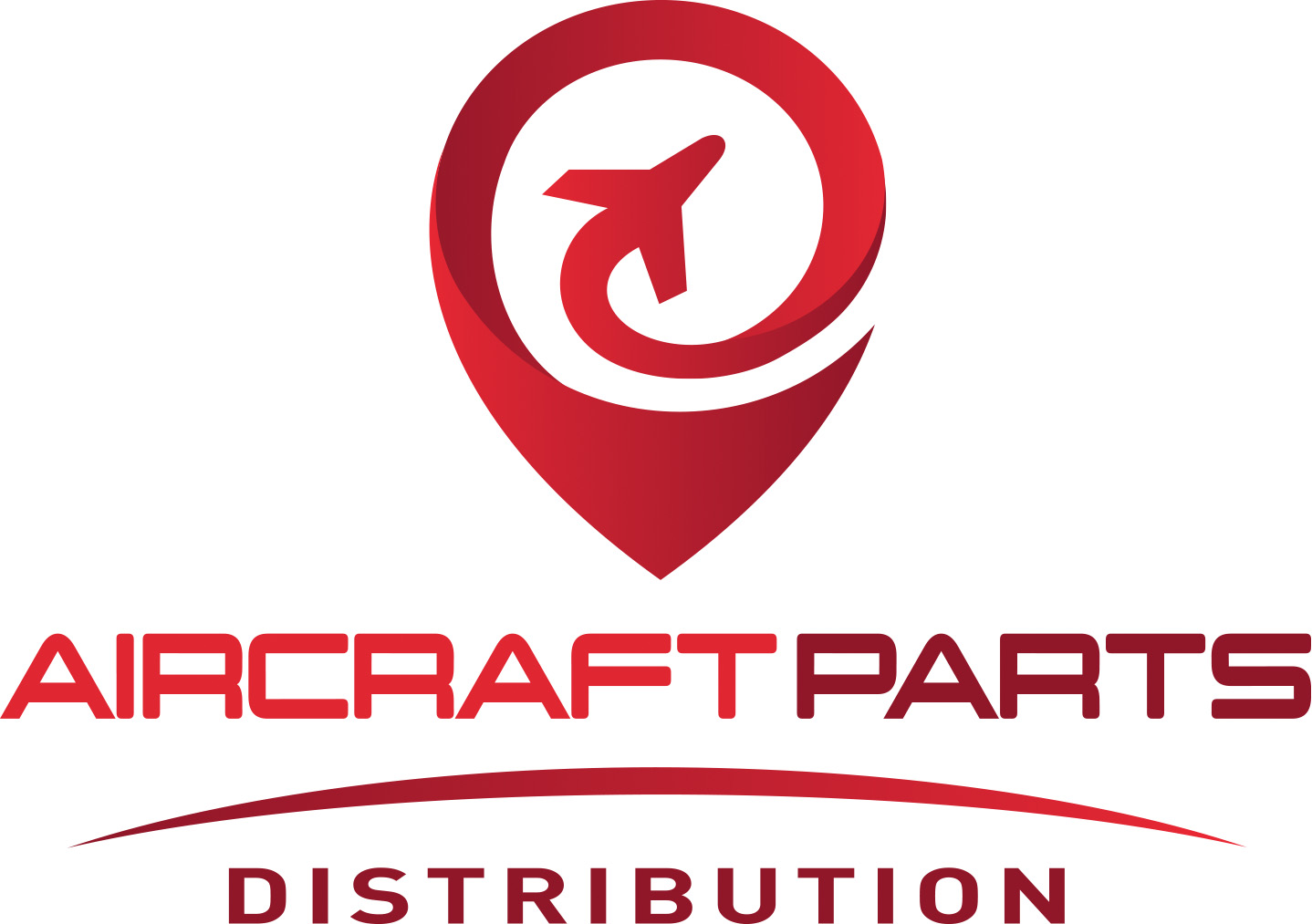

When it is about building aircraft, offering aircraft parts, or providing maintenance and repair services, it is crucial to have a clear idea about the physics of different aerospace parts. Understanding the basic science of airplane parts and what happens when they are pushed or pulled is crucial for aircraft landing gear suppliers. Apart from that, learning about different materials used in aviation ensures complete safety and an efficient flight.
Strength and flexibility are crucial in aircraft parts. Strength refers to how much force a material can handle before it breaks, while flexibility is the ability to bend without breaking. Think about a rubber band that will stretch a lot without snapping – this is known as flexibility. As aircraft part landing gear suppliers, we understand it is crucial for the parts to be strong enough to withstand the forces that they encounter during the flight. Also, they must be flexible to handle different conditions. There are different materials used in aerospace engineering. Here are the details you must know.
The Use of Aluminum & Steel – These are the most common metals in aircraft parts. They are light in weight, strong, and can handle high stress. Aluminum is mainly used for airplane bodies because it is light in weight, while steel is used for crucial components like engines.
Composite Materials – The composites are made up by combining different materials and creating a new and strong material. They often include fibers embedded in a matrix. The carbon fiber composites are light in weight and very strong. This makes them the ideal option for aircraft wings.
This is another crucial factor in aerospace parts. To ensure the safety of airplanes, it is crucial for engineers to conduct stress analysis. This will help understand how the parts will perform in different conditions. One technique is the Finite Element Analysis (FEA). FEA is the stimulation of a specific physical phenomenon that uses a numerical mathematic technique known as the Finite Element Method (FEM). The process is crucial to mechanical engineers and allows them to stimulate and predict how airplane parts behave when subjected to different stresses.
The field of aerospace engineering is advancing, and multiple exciting future trends and challenges are on the horizon. Scientists and engineers are exploring different technologies to enhance airplane design, improve performance, and also address environmental concerns. Here is a closer look at the challenges and trends.
Advanced materials are crucial to focus in aerospace engineering. Researchers are working on new composite materials with better strength-to-weight ratios, like nanocomposites and metamaterials. These materials have the potential to revolutionize aircraft design and ensure enhanced performance and better fuel efficiency.
This is also known as 3D printing. Additive manufacturing is gradually transforming the aerospace industry. It helps in producing complex, lightweight parts with optimized geometrics. It reduces material waste and enhances efficiency. Also, additive manufacturing ensures rapid prototyping and customization, which leads to faster development cycles and higher cost-effectiveness.
Electric propulsion systems in aircraft are becoming popular because they are a greener and more sustainable alternative to traditional jet engines. Electrically powered aircraft generate lower emissions and lower noise levels, offering potential benefits for the environment and the inhabitants near the airport. There are significant challenges in terms of battery technology, energy storage capacity, and the development of efficient electric propulsion systems needed for commercial aviation.
With the advancement in technology, it is crucial to ensure the safety of aircraft because the advancement in technology makes things more complex. As renowned aircraft landing gear suppliers, we know aerospace engineers have to address the challenges regarding cybersecurity, ensure the safety of failures, and integrate advanced safety systems. This is why continued research and innovation in these areas are critical to maintain the optimum safety levels in the aviation industry.
1618 N Ohio Street
Augusta, KS. 67010
2024 © Aircraft Parts. All Rights Reserved.
Designed By Digital SFTware
